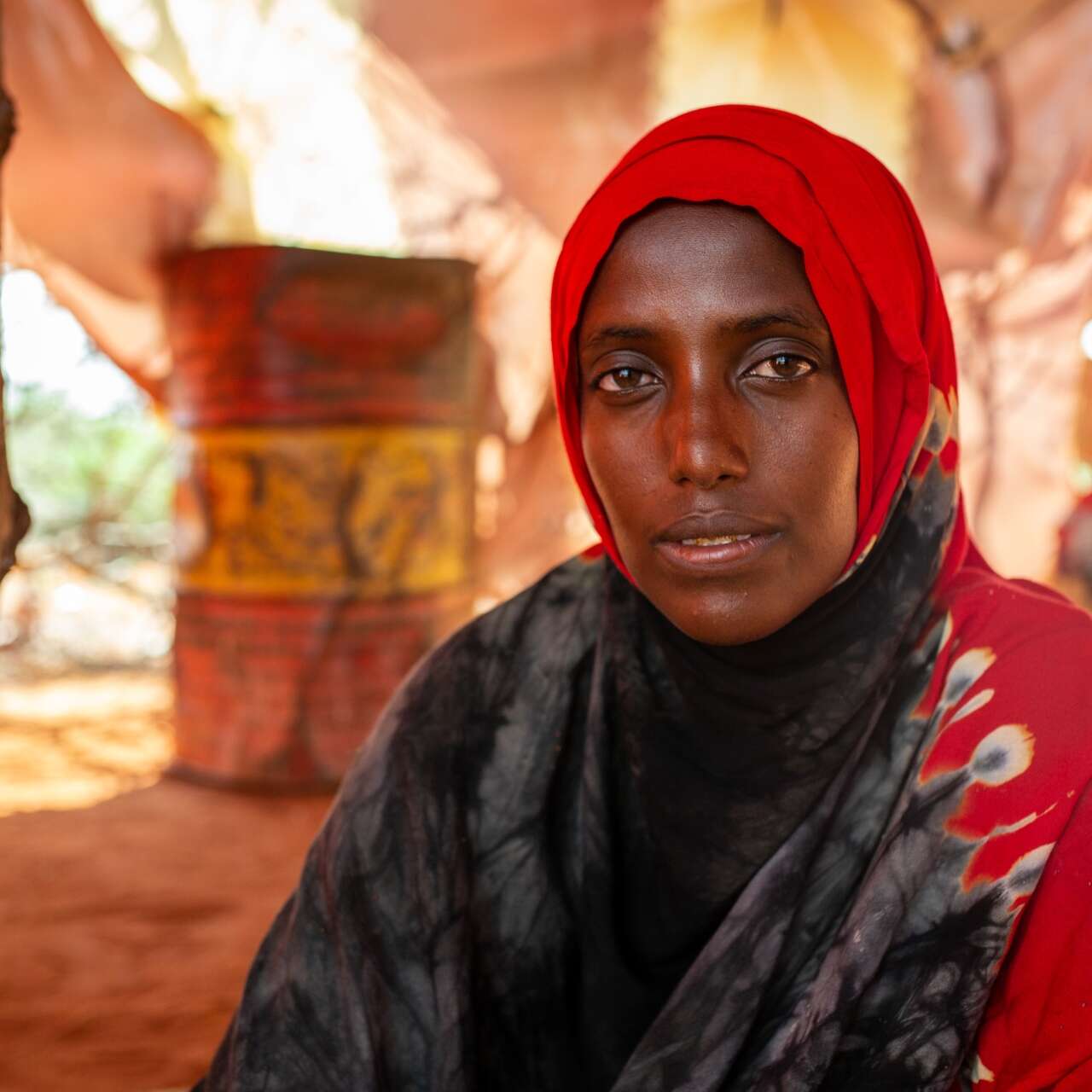
Crisis in Somalia: What you need to know and how to help
Here are five reasons why the International Rescue Committee’s Emergency Watchlist ranks Somalia as one of the countries most at risk of experiencing a worsening humanitarian crisis in 2024.

Here are five reasons why the International Rescue Committee’s Emergency Watchlist ranks Somalia as one of the countries most at risk of experiencing a worsening humanitarian crisis in 2024.
Heightened conflict and climate shocks are increasing humanitarian needs in Somalia as communities work to recover from the country’s most severe drought in four decades, which has reduced food insecurity, nutrition and water, sanitation and hygiene levels across the country.
The drought and its subsequent impacts catapulted Somalia to the forefront of the Emergency Watchlist last year. Although urgent requirements persist, humanitarian needs are expected to gradually alleviate throughout 2024.
However, the risk of climate shocks, coupled with political tensions and the government's offensive against the Al-Shabaab group, may intensify demands in Somalia, potentially reversing the progress made towards recovery.
Read on to learn more about the risks that Somalia faces in 2024.
Somalia faced its worst drought in four decades spanning from 2021 to 2023, resulting in a critical food crisis for 7.9 million people—about half of Somalia’s population. Drought-related impacts continue to affect 4.3 million individuals across Somalia including an estimated 727,000 who are teetering on the brink of starvation.
The drought also decimated livelihoods, especially those in the agro-pastoral sector. During the drought in Somalia, over 3.5 million livestock perished, equivalent to a third of the country's total. This has led to the devastation of livelihoods, triggering significant displacement and urban migration. Even if water and land conditions are rehabilitated, the recovery of livestock levels and the dependent livelihoods would span 5 to 10 years.
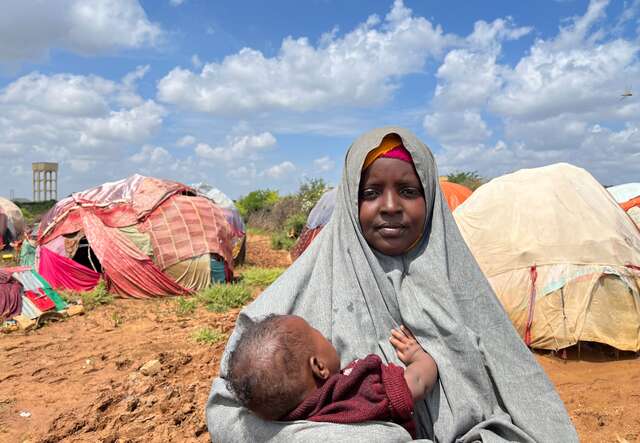
Severe flooding in late 2023 displaced more than 706,000 people in central and southern Somalia, indicating the country’s vulnerability to climate shocks. The flooding not only harmed bridges and roads, but also disrupted supply routes. Furthermore, it led to a rise in cases of diarrhea and cholera by impairing water and sanitation services and infrastructure.
As the country is set to enter its long rainy season, any additional flooding would exacerbate displacement and the spread of waterborne disease, particularly for people without access to clean water and sanitation services. This would devastate Somalia’s already fragile agricultural and pastoral industries, leading to crop failures, reduced household purchasing power, elevated food prices, heightened dependence on imports and ultimately escalate the threat of food insecurity.
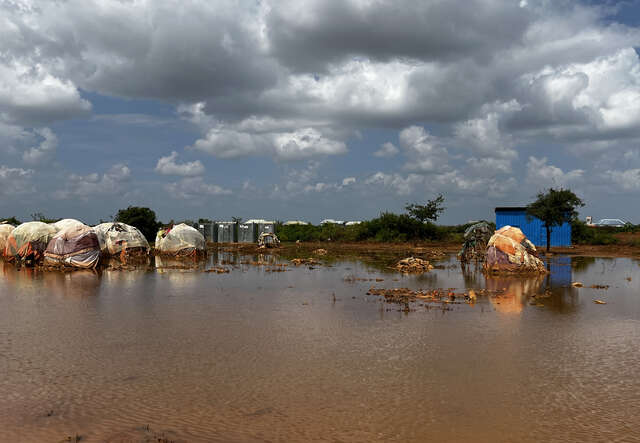
The Somali government launched a major offensive against Al-Shabaab in August 2022. Since then, the government has made limited territorial gains in central Somalia before pushing south into the group’s traditional stronghold.
Throughout the offensive, civilians have been displaced by violence—accelerating the humanitarian needs brought on by food insecurity and climate shocks. As Al-Shabaab comes under pressure from government forces, civilian areas will remain vulnerable to large-scale violence. Populations in areas controlled by the armed group will likely face increased tax collection from the armed group.
Furthermore, Al-Shabaab could seek to exploit the withdrawal of troops from the African Union’s multidimensional military, police and civilian mission, mission in Somalia (ATMIS) and target civilians during Somalia’s local and regional elections scheduled for June and November 2024.
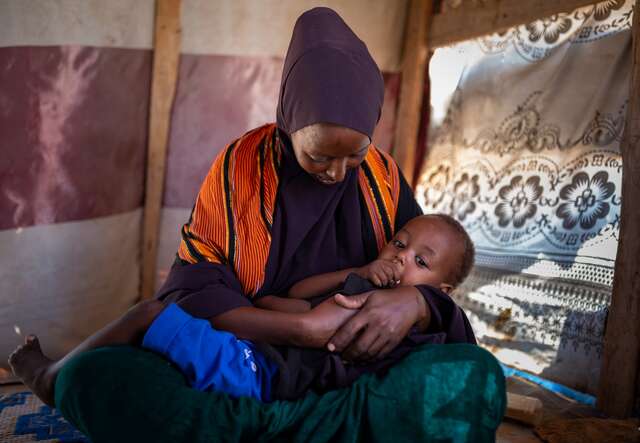
In February 2023, clashes erupted between Somaliland forces and Dhulbahante clan-affiliated troops in the contentious zone straddling Somaliland and Puntland State in northern Somalia. The conflict stems from disputes over the Las Anod region, claimed by both the secessionist administration of Somaliland and indigenous clan leaders, resulting in the displacement of over 150,000 individuals to date. Violence has largely subsided since October 2023 but no formal ceasefire has been agreed upon.
Any reinvigoration of conflict in Las Anod would drive additional needs, displacement and strain critical services. Somaliland's upcoming presidential elections in 2024, following postponements from 2022, serve as a potential trigger for unrest.
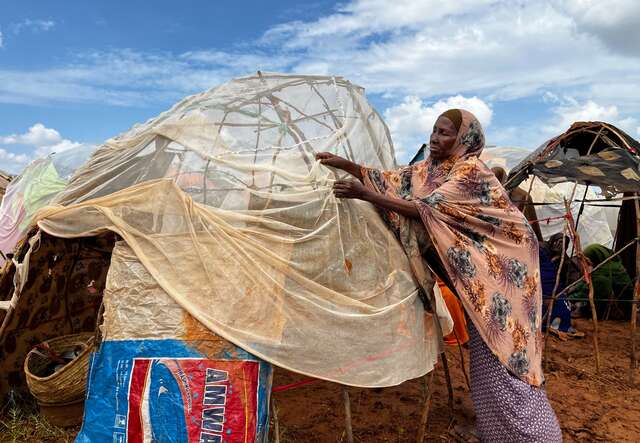
The significant demand for humanitarian aid in Somalia is hampered by prolonged violence, impeding the efforts of aid workers to provide services. Accessing regions directly controlled by armed groups remains and will remain a formidable challenge.
While the government makes limited territorial gains, continued fighting along supply lines will prevent the delivery of critical services and pose security risks to humanitarians. Consequently, ACAPS judges the humanitarian access constraints in Somalia to be “very high” (4 out of 5).
Meanwhile, Somalia’s humanitarian response plan received just 45.8% of its necessary funding for 2023 and its 2024 plan has received just 10% of necessary funding by April. Aid delivery will falter while nearly half of Somalia’s population requires humanitarian assistance.
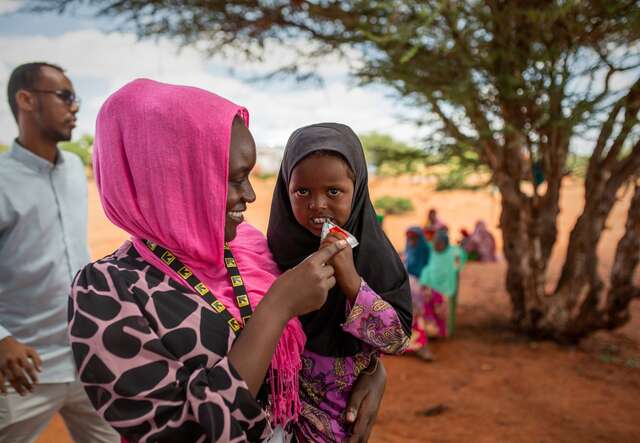
The IRC has been delivering critical services to crisis-affected communities in Somalia since 1981. We currently provide services in Galmudug, Southwest and Puntland states, as well as in the Banaadir (Mogadishu) region.
In Somalia, the IRC delivers programming in health, nutrition, water and sanitation services, women’s protection and empowerment, and cash assistance. We are continuing our programming to address the impacts of drought and food insecurity and are expanding to new regions where humanitarian needs are mounting.
Learn more about the IRC’s response in Somalia.
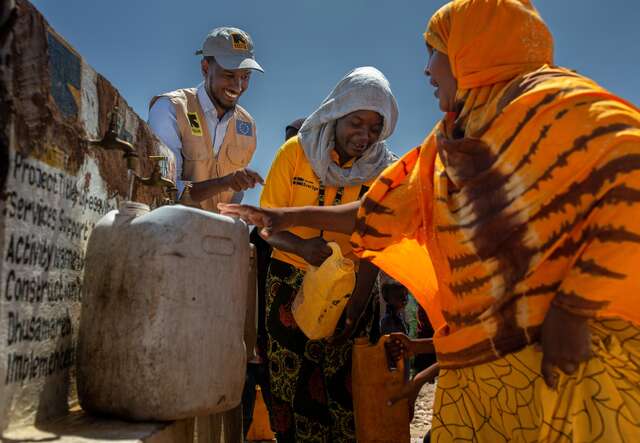
Donate now to support the IRC's life-changing work in Somalia and worldwide. We are on the frontlines providing critical aid to crisis-affected people in more than 50 countries, including places on the 2024 Emergency Watchlist.
Read more about the top 10 crises the world can’t ignore in 2024 and learn more about the IRC's 2024 Emergency Watchlist.